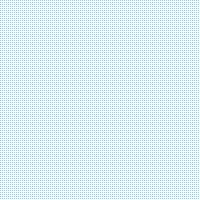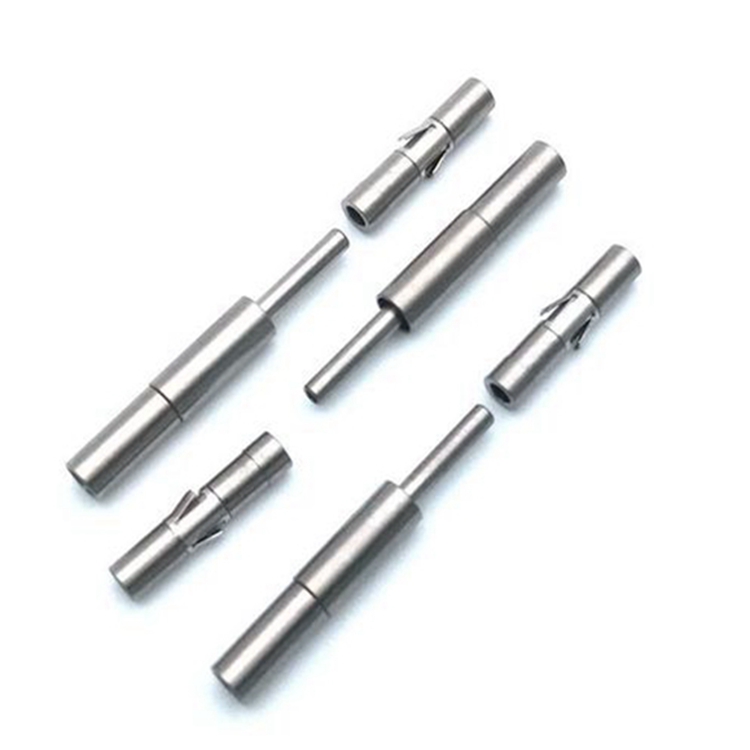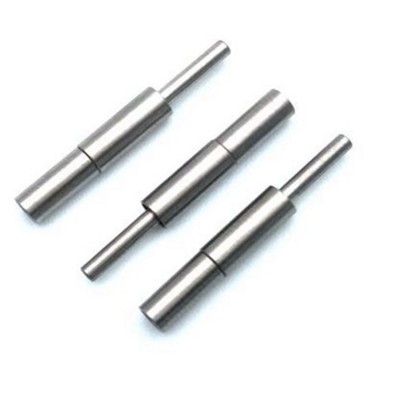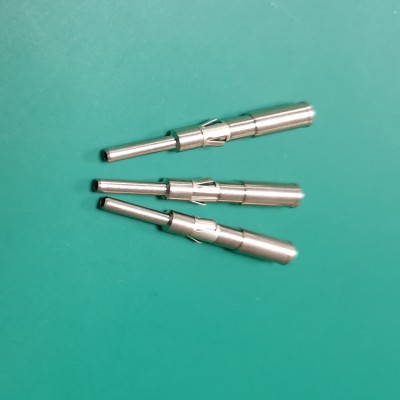



Fiber optic connectors are a type of optical passive device. They are reusable passive devices used to connect two optical fibers or cables to form a continuous optical path. They have been widely used in optical fiber transmission lines, optical fiber distribution frames, and optical fiber test instruments and meters. They are the most widely used optical passive devices.
Original Imported SOURIAU RMPOF 1000S


Specific features and application scope
Specific features of fiber optic connectors
As the core device for realizing detachable connection between optical fiber and equipment, and between optical fiber and optical fiber in optical communication system, the technical characteristics of fiber optic connector can be deeply analyzed from the dimensions of optics, mechanics, and environmental adaptability:
1. Optical performance: low loss and high stability
Insertion loss:
The sources of loss include optical fiber core diameter deviation, end face gap, refractive index difference, etc., and the loss can be greatly reduced through high-precision grinding and ceramic ferrule alignment.
2. Mechanical structure: high precision and durability
Ferrule material and alignment technology:
Zirconium oxide ceramic ferrule is the mainstream in the industry, ensuring the concentricity of optical fiber;
Metal sleeve is used to strengthen the connection, and metal armor design is used in some scenarios (such as military field), which is resistant to vibration and impact.
Plug-in life:
Standard connector can withstand ≥1000 plug-ins and pull-outs, and the loss change after plug-in and pull-out is ≤0.2dB.
Application scope of optical fiber connectors
From communication networks to special fields, the application coverage scenarios of optical fiber connectors can be subdivided according to industry and technical needs:
1. Core scenarios of communication networks
2. Data centers and cloud computing
3. Industry and special fields
4. Medical and scientific research frontiers
5. Consumer electronics and the Internet of Things